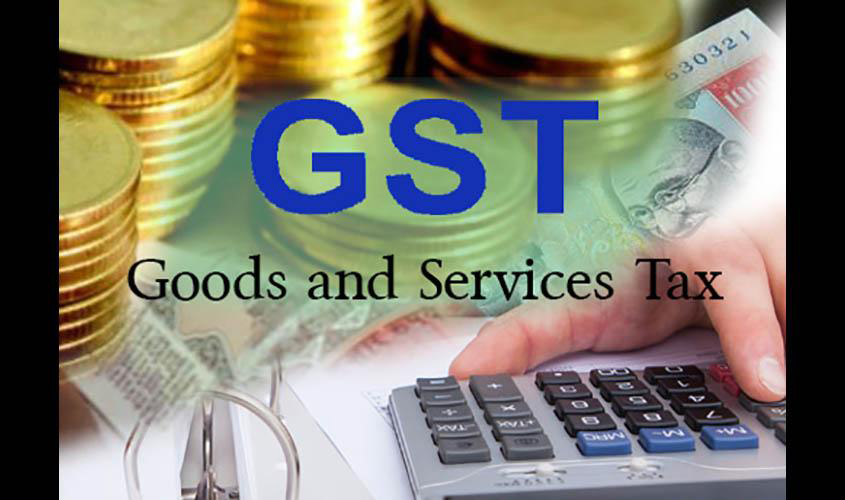Retailers and traders are increasingly coming up with “smart ways” to keep customers, unwilling to pay higher “integrated taxes” under the new Goods and Services Tax (GST) regime, happy. An investigation by The Sunday Guardian revealed that retailers are applying “innovative ways” to ensure that their products “remain at lower rates under the GST regime”. Providing separate bills to customers on purchases is one of the “innovative ways”, but there are others.
When Sangeeta Kochar, an undergraduate student from Delhi University, asked a shopkeeper in Kamala Nagar for ways to lower the GST rate on her purchase of a pair of shoes worth Rs 999, the shopkeeper asked her to take two separate bills for the purchase, thereby making it possible for her to effectively pay only 5 % service tax. Under the GST regime, footwear below Rs 500 is being taxed at 5%, while above that price at 18%. “the shopkeeper gave me two separate bills of Rs 499 each for a pair of shoes. It helped me save a few bucks,” Kochar told The Sunday Guardian.
Taking separate bills also proved beneficial for Suman Rastogi, a 29-year-old IT professional. “A store owner said that if I agree to accept separate bills for the purchase of shoes, the store will charge a lower GST rate at only 5%. I agreed to his offer and saved some money on the purchase of shoes,” Rastogi said.
Under the GST regime, apparels under Rs 1,000 are taxed at 5%, while those above Rs 1,000 are charged at 12%. So some sellers are giving multiple bills for selling different parts of a garment. A shopkeeper at the Janakpuri district centre shopping complex said: “Customers unwilling to pay higher GST ask for ways to keep expenses low; so we give them separate bills on their purchase.”
Devesh Sachdev, CEO, Fusion Microfinance, and an expert on issues related to GST, pointed out other “loopholes” that are being exploited. Under the GST regime, branded rice is taxed at 5%, while unbranded rice is exempt from tax, and according to Sachdev, this fact is being taken advantage of. “The scope of avoiding tax or paying lower rates became possible because of the government’s decision to keep multiple rates under GST. While a few products are exempt from tax, others are charged at 0%, 5%, 12%, 18%, 28%, plus cess. Also, the tax is divided between the state and the Central governments,” Sachdeva told The Sunday Guardian.
Rajeev Gupta of Gupta and Sons, a wholesale dealer of rice in the Sadar Bazar area, said: “After the implementation of GST, many rice mills have stopped supplying rice under registered brand names; they are instead supplying rice under other names which are not registered under the Trademarks Act 1999,”
Sachdeva added: “There is no mechanism to determine and differentiate between air-conditioned and non air-conditioned restaurants which are, thus, left to decide for themselves whether or not to charge GST in any of two categories.”
Suman Kumar, a senior official the Central Board of Excise and Customs, said: “The Goods and Services Tax Network is keeping tabs on loopholes and it will take proper measures to fill these gaps.”

